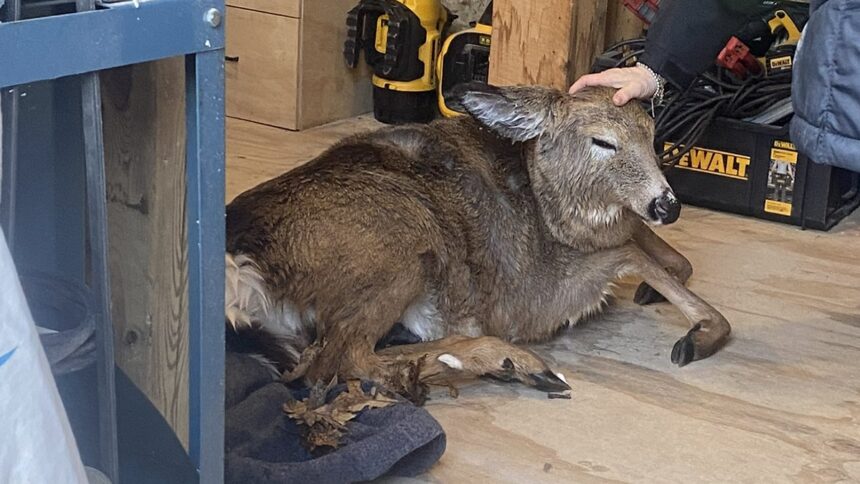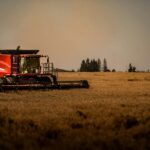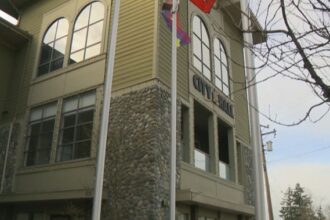In an unprecedented show of community support, Ottawa’s wildlife rehabilitation centers have received their largest food donation in history, providing critical resources for the growing number of orphaned and injured animals under their care. The massive contribution, valued at over $75,000, arrives at a crucial time when these facilities are experiencing a 30% increase in wildlife admissions compared to previous years.
“This donation couldn’t have come at a more critical time,” explains Dr. Sarah Jennings, director of the Ottawa Wildlife Rehabilitation Centre. “With spring bringing a surge of orphaned animals and summer’s extreme weather events displacing others, our resources were stretched dangerously thin. This generous contribution means we can focus on treatment rather than worrying about our next supply delivery.”
The donation includes specialized formula for orphaned mammals, fresh produce for recovering herbivores, and high-protein foods essential for raptors and other carnivorous species. Local businesses coordinated the effort after learning that several rehabilitation centers were struggling to maintain adequate food supplies amid rising costs and increased demand.
Wildlife centers across the Ottawa region have reported receiving record numbers of injured and orphaned animals this year, with many attributing the surge to increasing human-wildlife conflicts in expanding suburban areas and the impacts of unusual weather patterns on natural habitats.
The Urban Wildlife Sanctuary, another major recipient, has taken in over 1,200 animals already this year—nearly matching their total intake for all of 2024. “Many people don’t realize the enormous resources required to properly rehabilitate wild animals,” notes Marcus Chen, the sanctuary’s head veterinarian. “A single orphaned raccoon might need specialized care for months before release.”
The donation has sparked renewed interest in wildlife conservation efforts across the capital region. Several educational institutions have subsequently announced new partnerships with rehabilitation centers to provide student volunteers and research opportunities focused on urban wildlife management.
Environmental analysts point out that the increasing pressure on wildlife centers reflects broader ecological challenges. “What we’re seeing in these rehabilitation statistics is essentially a barometer for environmental health,” explains Dr. Elena Kowalski, environmental scientist at the University of Ottawa. “The spike in admissions signals disruptions in natural systems that extend far beyond individual animal cases.”
Rehabilitation specialists emphasize that while the donation provides immediate relief, sustainable funding remains a persistent challenge. Most wildlife centers operate as non-profits, relying heavily on donations and volunteer support to fulfill their missions of treatment, rehabilitation, and eventual release of wild animals.
As our urban landscapes continue to expand into previously wild areas, how will we balance development with the responsibility to protect the wildlife displaced by our growth?














